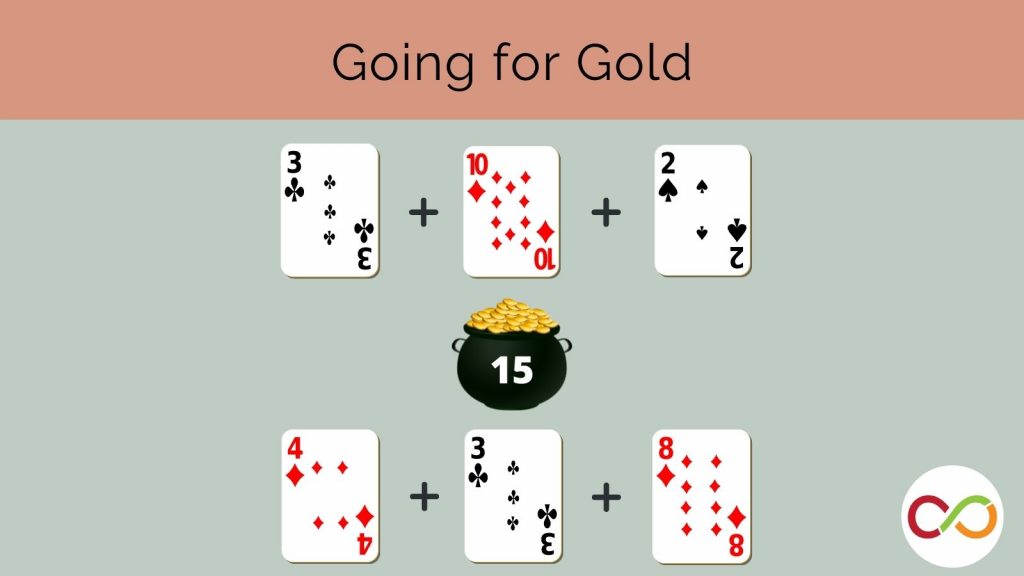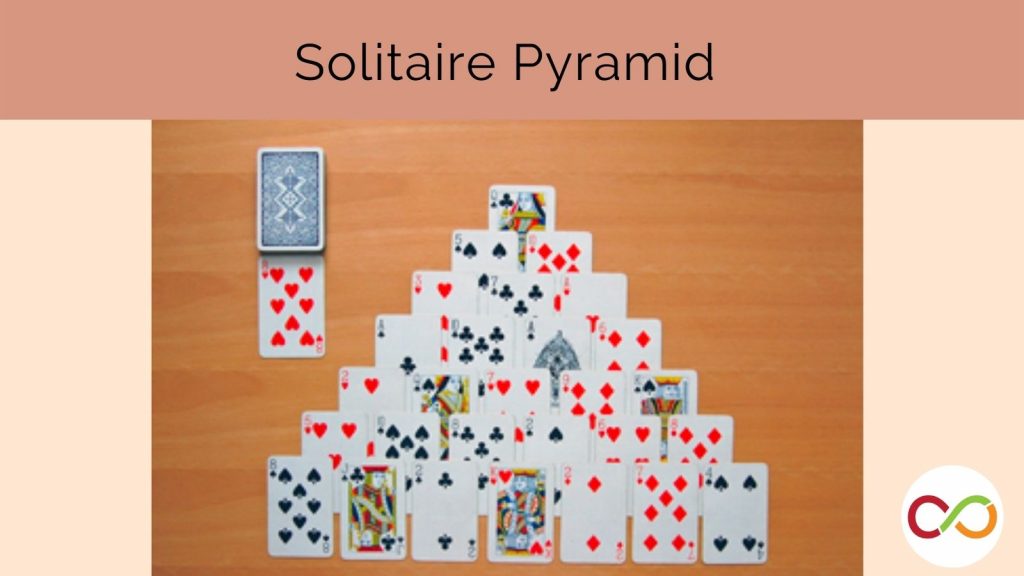21
Junior (Age 9 – 12)
Curriculum Goal
Junior: Data Management
- Use mathematical language, including the terms “impossible”, “unlikely”, “equally likely”, “likely”, and “certain”, to describe the likelihood of events happening, represent this likelihood on a probability line, and use it to make predictions and informed decisions.
Junior: Number Sense
- Use the properties of operations, and the relationships between addition, subtraction, multiplication, and division, to solve problems involving whole numbers, including those requiring more than one operation, and check calculations.
Context
- Two to six students and teacher will be sitting on the carpet in a circle or on a video conference chat.
- Students should have previous experience with probability.
Materials
In-person version
- One standard 52-card deck
- Counters (20 per student including the dealer)
Online version
- Game file (Playingcards.io upload instructions)
- Video conferencing capabilities
Lesson
- The students’ aim is to beat the dealer by getting as close to 21 as possible without going over.
- Cards 2-10 are worth face value (e.g., 2 is worth 2).
- Face cards (J, Q, K) are worth 10.
- A is worth either 1 or 11.
- The dealer hands out one card face up to each player including themselves.
- Each student decides the probability of beating the dealer by getting as close to 21 without going over.
- Students indicate the probability by placing anywhere from 0 (low probability) to 5 (high probability) counters on the table.
- The dealer hands out a second card to each player face up including themselves.
- Then, the dealer asks each student if they want another card from the deck to improve their hand or if they want to lock in their hand.
- If a student indicates they want another card, the dealer will give them a card face up. This continues until the student indicates they do not want any more cards.
- If the total goes over 21, they are out of the game.
- On the dealer’s turn, if they are 17 or over they cannot ask for more cards but if they are 16 or under they continue to take more cards until they are over 16.
- The winner collects all the counters.
Look Fors
- How do the children decide the probability of beating the dealer?
- What language to students use to describe the probability?
- Can children easily add and subtract to figure out their hand total?
Share this lesson
Share on facebook
Share on twitter
Share on email


